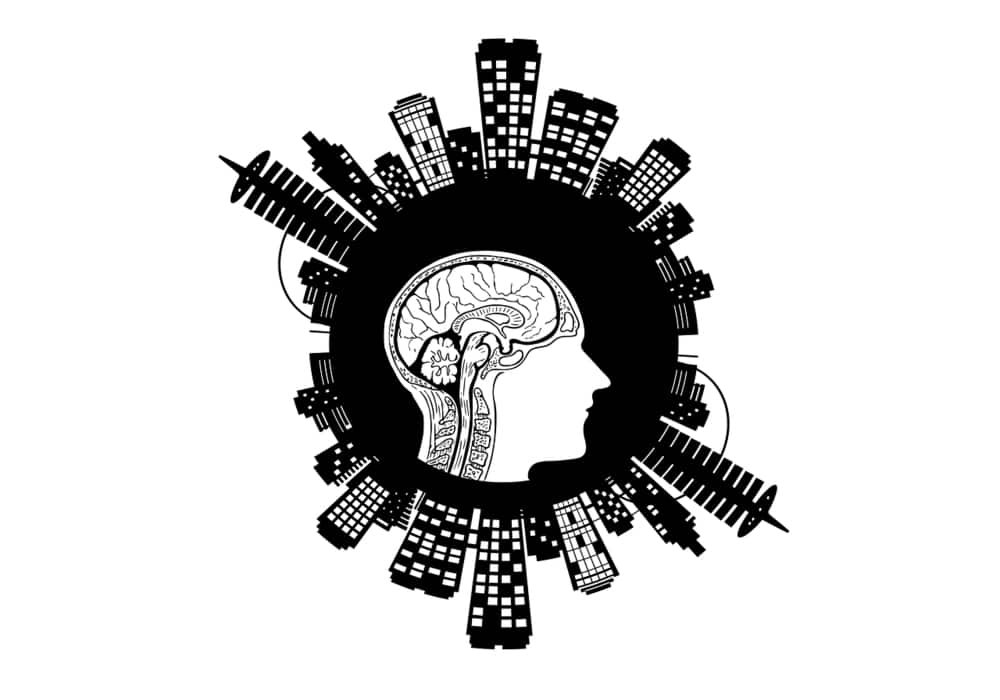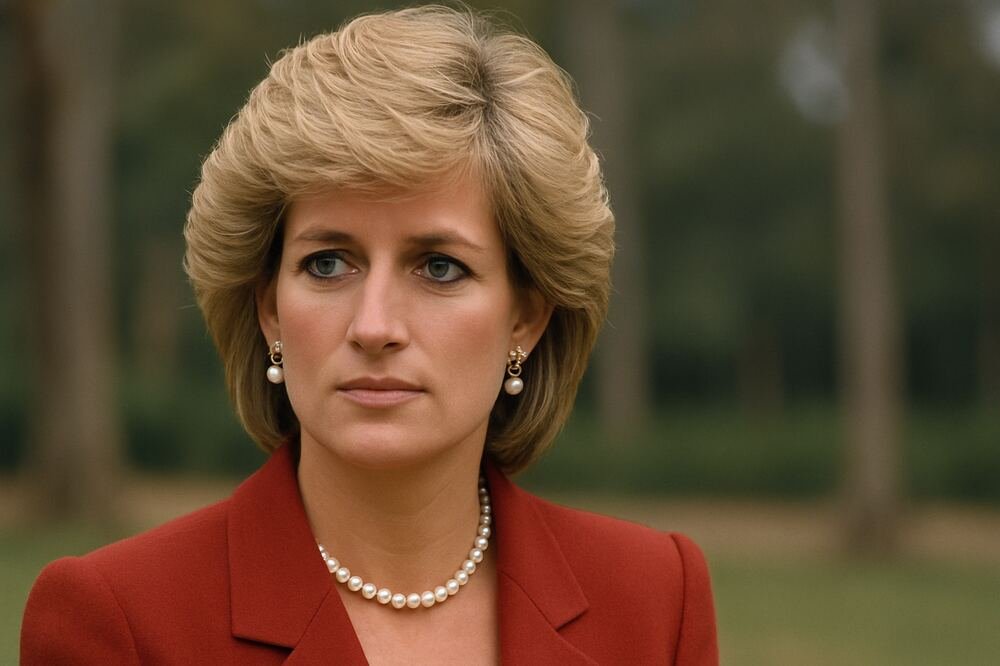Critical Thinking
Critical thinking is an objective analysis and evaluation of problems to form assumptions and judgments by means of clear and rational thinking.
Definition
Critical thinking is a concept with many and sometimes contradictory definitions, which broadly refers to the capacities and attitudes that allow rigorous reasoning to achieve goals, or to analyze facts to formulate judgments.
| Knowledge | Develop a knowledge base and specialized tactics to help make the acquisition of knowledge easier to control through instruction. |
| Inference | It establishes a connection between existing knowledge bases through the use of Deduction and / or Induction. |
| Evaluation | Analyze, assess, weigh, make moral judgments, criticize and question external information presented as well as its own knowledge base. |
| Metacognition | The process of “thinking about thinking”. It involves judging whether a person’s decisions, opinions or beliefs are well informed and supported. |
Process
Critical thinking is the process of questioning opinions, values and arguments, the vocabulary used, representations of reality (theory, etc.), by questioning intrinsic qualities (logical form, rhetoric, documentary richness, rejection of “facts”, etc.), sources ( “Reliability” or publisher authority, media, institutions, experts, organizations, etc.), or even extension (degree of universality), etc.
It refers to the capacity to question oneself with demand and rationality to the reality or possibility of the alleged facts and relationships, then to the interpretation9. In particular, do facts have decisive importance given to them? Or, once again, it should be remembered that the confluence of two facts does not allow us to conclude that there is a causal relationship.
Read also: Love Language | Knowing Them Will Drastically Improve Your Relationships
Principles of critical thinking
Critical thinking includes elements that are very concrete (checking sources, referencing specialist opinions, etc.) as well as abstract elements (such as being able to avoid faulty reasoning).
Ennis distinguishes as a constitutive element of critical thinking, both twelve abilities (abilities) and fourteen attitudes (dispositions). Jacques Boisvert provided the following translation:
1. Ability to think critically
Concentrate on a problem.
Argument analysis.
Formulation and resolution of clarifying questions or disputes.
Assess the credibility of the source.
Observation and assessment of sighting reports.
Deduction development and appreciation.
Induction development and appreciation.
Value assessment formulation and assessment.
Defines terms and evaluates definitions.
Introduction to presuppositions.
Respect the steps in the decision-making process for an action.
Interacting with others (for example, presenting positions with oral or written arguments).
2. Characteristics of critical thinking
The set of attitudes that are characteristic of critical thinking is called by some writers, such as Boisvert, the name “critical thinking”. Among these attitudes we can quote:
Attention to clearly state the problem or position.
Tendency to search for reasons for this phenomenon.
Tendency to keep trying to get good information.
Use and acknowledge credible sources.
Consider the overall situation.
Maintain focus on the main topic.
Attention to keep early attention.
Examine the various perspectives on offer.
Expression of open mind.
Tendency to take a position (and change it) when the facts confirm it or there is sufficient reason to do so.
Detailed search as far as the subject allows.
Adopt an orderly approach when dealing with parts of a complex whole.
Tendency to apply critical thinking skills.
Taking into account other people’s feelings, their level of knowledge, and their level of intellectual maturity.
Following are the characteristics of a person’s attitude or personality that facilitate the process of developing the CRITICAL THINKING skill:
Want to know
Systematic
Wise
Search for truth
Analytical
Open minded
Faith in reasoning
Method: Who, what, where, when, how, why
Method of asking: when an information does not fulfill the question “who, what, where, when, how, why”, it is considered unsafe and unclear.
Who: the author of the information, the protagonist is staged in the information, by whom, for whom, against whom.
What: the nature of information, characteristics.
Where: nationality, origin, source of information.
When: chronology of information, causal relationships, anachronisms can be detected.
The method is: the way information is disseminated, the way it is used, with statements, arguments or polemics, all methods aimed at reaching the public, contradictions can be found.
Why: motivation of information writers (altruism, humanism, manipulation, ideological propaganda, da’wah, profitable marketing or advertising, need for social recognition…).
How to think critically?
5 tips for developing your critical thinking:
1. Understand how you operate: All human judgment is subjective.
2. Hone your ability to question things.
3. Don’t limit yourself to just one choice.
4. Learn to reason (common sense) considerations of good or bad and the like.
5 Be open to others!
Examples of critical thinking
The last time management hired a consultant, it was based on the simple fact that, as a university writer and lecturer, he was undoubtedly competent. From the start, I questioned this shortcut and after several discussions with this de facto expert I saw that he was very lacking in field experience and only covered a portion of our area of activity.
Therefore, I share my comments with my management, stating that the added value provided by this consultant tends to be dangerous towards absolute zero. It is better to rely on concrete criteria for assessing the competence of a consultant.
Sources: IOP Science, Research Gate
Photo credit: Pixabay


